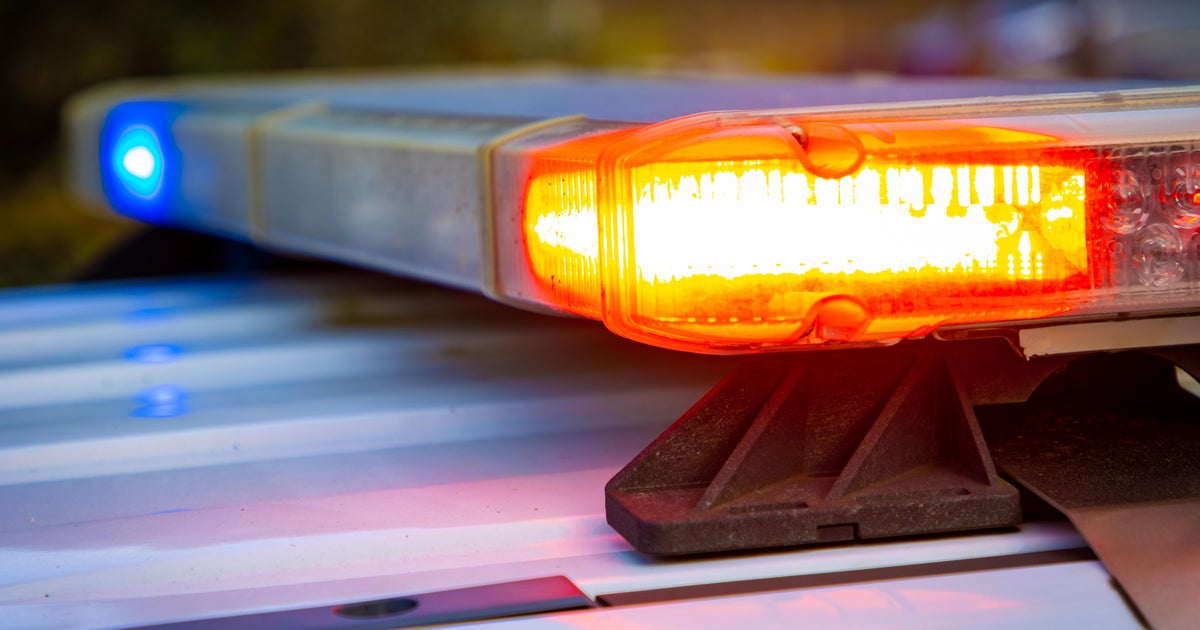New US Plan To Stop Drug Flow Over Northern Border
BUFFALO, N.Y. (AP) — Federal law enforcement agencies will help tribal officers obtain equipment and training on Indian lands near the U.S.-Canadian border as part of the White House's newly released strategy for reducing the flow of illegal drugs and drug proceeds between the two countries.
Tribal officers also should be included in criminal intelligence sharing and inter-agency task forces, according to the Office of National Drug Control Policy report released Friday.
"Drug smugglers have been known to seek out tribal jurisdictions in order to smuggle illegal drugs into the United States," said the report, the first of its kind since being required under the Northern Border Counternarcotics Strategy Act of 2010.
The goal is to stop Canadian marijuana, Ecstasy and methamphetamine from entering the United States and to keep cocaine that originates in South America from flowing north. Authorities have also targeted bulk cash smuggling in both directions that finances criminal organizations.
President Barack Obama and Canadian Prime Minister Stephen Harper signed a Feb. 4 agreement to share more information on travelers and better coordinate cross-border investigations.
The report identified more than 60 miles of the northern border classified as "Indian country" and under tribal jurisdiction. Tribes with lands directly adjacent to the border include Bay Mills Indian Community and the Sault Ste. Marie Chippewa Tribe in Michigan, the Blackfeet Tribe of Montana, the Grand Portage Band and Red Lake Band of Chippewa in Minnesota and St. Regis Mohawk Tribe in New York.
To intercept drugs elsewhere along the more than 5,000-mile border, the policy office recommended enhancing already established partnerships among U.S. and Canadian law-enforcement counterparts, along with intelligence sharing and cooperation among federal and local agencies. The strategy also relies on those living near the long and geographically diverse border to fill in the gaps.
"The U.S.-Canada relationship already supports successful bi-national and multi-agency task forces, but it must work to improve these entities with limited resources," the report said. "Law enforcement agencies must reach out to community coalitions to develop effective prevention, treatment and law enforcement partnerships."
Agents seized about 9,470 pounds of marijuana along the northern border in fiscal 2011, according to Customs and Border Protection statistics, less than 1 percent of the roughly 2.4 million pounds seized along the southwestern border.
Recent arrests have highlighted the northern boundary's porousness. In May 2010, a Canadian kingpin confessed to running 2,000 pounds of marijuana a week through the forests of upstate New York. Later that year, in December, Canadian officials arrested 29 smugglers on charges of using boats to run tons of marijuana, Ecstasy and methamphetamine across the Great Lakes to Michigan and New York.
"Vast drug networks along our northern border are exacerbating violence in communities all across the state ... This is the right strategy to fight this scourge at its source," Sen. Kirsten Gillibrand, D-N.Y., said of the written strategy.
The 2010 law requires the Office of National Drug Control Policy to release a northern border plan every two years.
"Improving communications between the courts, immigration officials and law enforcement and increasing accountability, as this plan will, should enhance our ability to keep drugs off our streets and out of our schools," said Sen. Charles Schumer, D-N.Y.
(© Copyright 2012 The Associated Press. All Rights Reserved. This material may not be published, broadcast, rewritten or redistributed.)



